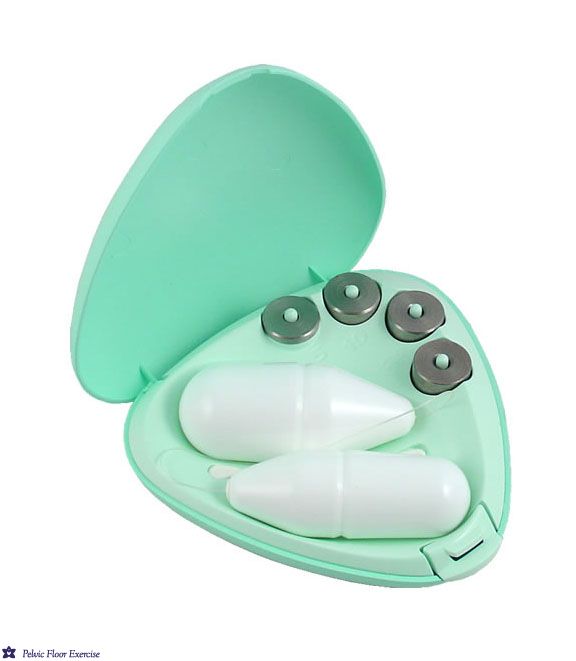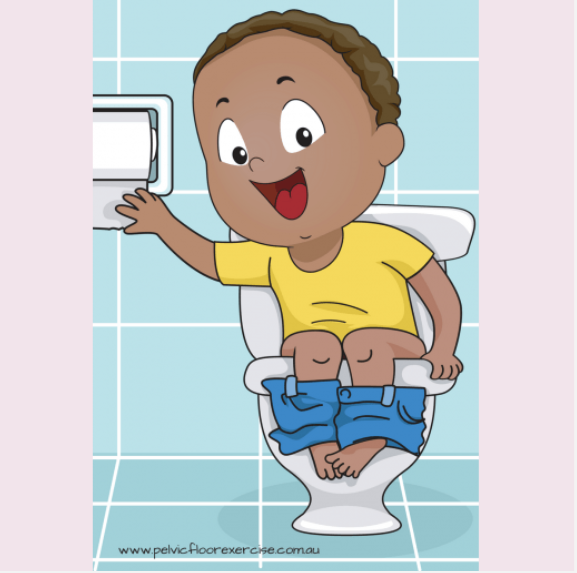When is it safe to return to high impact exercise after having a baby?
When is it safe to return to high impact exercise after having a baby?
This article first appeared on Go Mum! Fitness as a guest blog I was asked to do.
As women’s health physios, we are often asked “when can I return to high impact exercise? “ Expectations of the media, celebrities and social media would suggest that new mums can do no right – everyone is telling you how you should do every thing from birthing your baby to what you should look like afterwards!
Many women feel they have to do high impact workouts in order to build up a sweat, get fit, burn fat and lose baby weight. However, high impact exercise is a common cause of Stress Urinary Incontinence (SUI), or wetting yourself when you exercise/cough/sneeze, particularly in post natal women.
Interestingly, one of the main independent risk factors for SUI after having a baby is BMI, or body mass index – the amount of fat your body carries. Postnatal depression is also common, and SUI can be one of the triggers. So it totally makes sense that we exercise after having a baby; but does that leave us between a rock and a hard place?
Lets start with when can I return to exercise?
It is generally advised to continue with low impact activities until you have fully recovered from the birth. Remembering that giving birth has been likened to an extreme sport with the possibilities of similar injuries such as stress fractures (of the pubic bone) and muscle tears (deep layer of pelvic floor muscles from the pubic bone) much like a hamstring tear. Your pelvic floor muscles stretch up to 3 times their normal length during birth, and the fascial or elastic tissue stretches too. If you load these lengthened tissues too early, you will damage them further. As soon as you feel comfortable after giving birth you can do gentle activities like walking. Swimming is ideal once you have stopped bleeding and activities that keep you supported like an exercise bike will reduce pressure on the pelvic floor tissues. You will be fatigued in the early months making you more prone to injury. If breastfeeding, your oestrogen levels will remain low, and your tissues remain less elastic until levels return to normal. We are, however, resilient and built to give birth but you need to be aware of your individual risk factors. Some women are ready to return to higher impact exercise very early whilst others are best advised to never return to those higher levels like running .
When can I progress?
An assessment by an experienced women’s health physiotherapist, once you have been given the all clear by your obstetrician, is the best way to determine your level of readiness for the next step up in exercise. They will check your pelvic floor muscle bulk and strength; co-ordination with the other core muscles; whether you have signs of prolapse or diastasis and your general mobility and fitness. Signs that you may be ready include: Once you are doing low impact with no side effects, no leakage and no sense of heaviness in the vagina and you should be able to breathe easily through exercise and hold a pelvic floor contraction against load e.g. lifting
What is high impact exercise?
High impact is exercise that increases intra-abdominal pressure via impact or resistance against the hard surface of the ground when you land. It is greater when two feet leave the ground together - running, jumping, skipping are examples. This pressure needs to be contained within the abdomen by the co-ordinated action of the core muscles – the pelvic floor, diaphragm, deep abdominal and multifidus. A question you should ask of yourself is "Do I really need to do high impact exercise?” Think about what it is you are trying to achieve and if it can be done with a modified, lower impact routine?
Risks of doing high impact exercise too early
- pelvic organ prolapse (POP)
- stress urinary incontinence (SUI)
- low back and pelvic girdle pain
Risk factors for prolapse and incontinence
- Poor pelvic floor muscle strength and bulk
- The deep layer of pelvic floor muscles – levator ani – avulsed or torn from pubic bone.
- A forceps delivery
- Baby > 4kg
- 3rd or 4th degree tear – into the anal sphincters
- Long second stage of pushing > 2 hours
- You are older having your first baby
Signs your current exercise is too high impact for you
- You leak during the workout
- You have to run out of class to go to the loo, often then only passing a small volume
- You feel a heaviness or bulge in the vagina during or after an activity
- You breath hold to do an activity
There are no hard and fast rules as to when you can include high impact activity. Remember – be your own role model, listen to your body, assess your risk factors and do what is best for you.
REFERENCES
Am J Obstet Gynecol. 2015 Aug;213(2):188.e1-188.e11. Evaluating maternal recovery from labor and delivery: bone and levator ani injuries.
Miller JM Low LK, Zielinski R, Smith AR, DeLancey JO, Brandon C
Pelvic Floor First website
© Fiona Rogers (BPhty GD ExSpSc APAM) is a women’s health physiotherapist on the Sunshine Coast in Queensland. She also owns www.pelvicfloorexercise.com.au and is the main blogger on the site. Fiona is passionate about educating women on how best to look after their pelvic floor because you only get one and it has to last a lifetime.
The information in this blog is provided as a general guide only and should not be taken as individual advice. Please see your health professional for personal advice.





